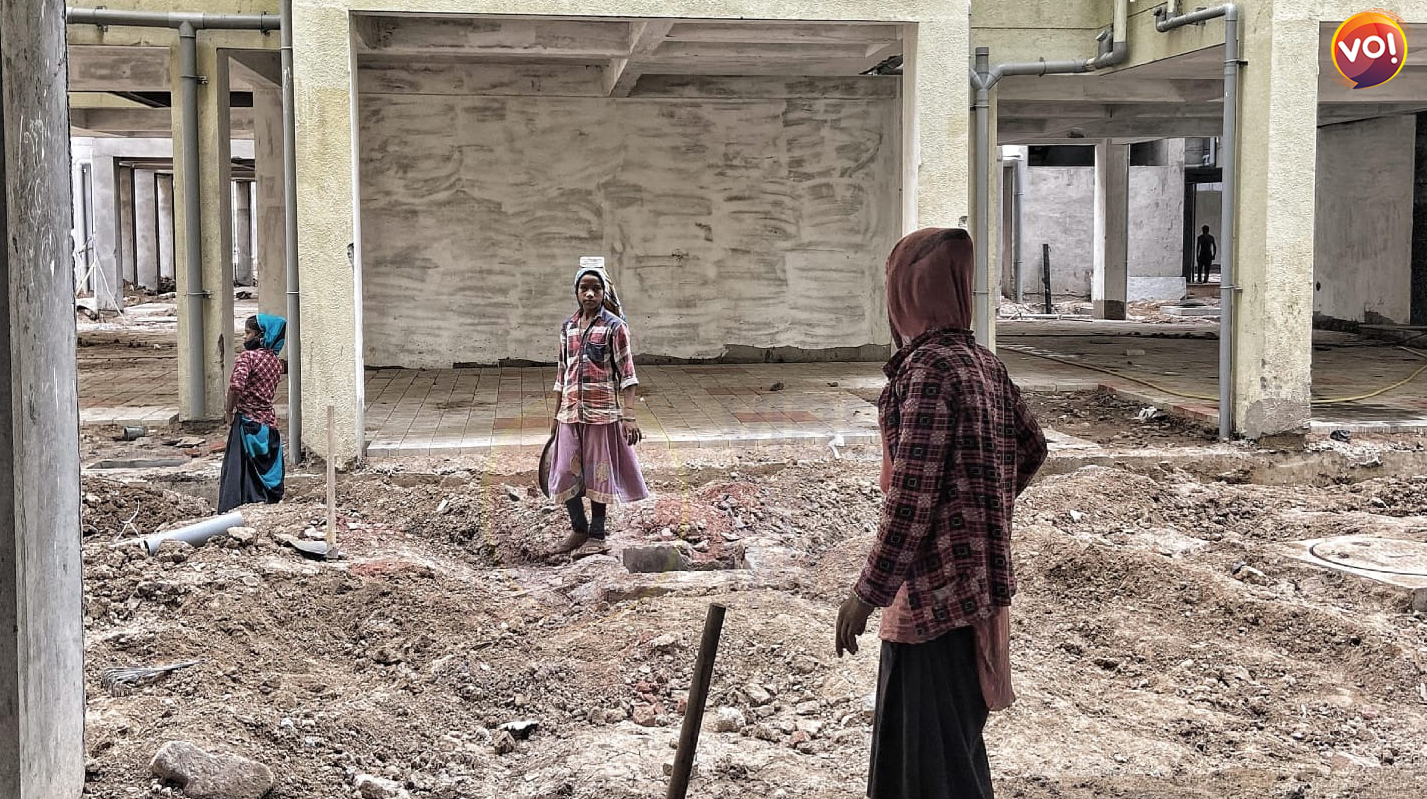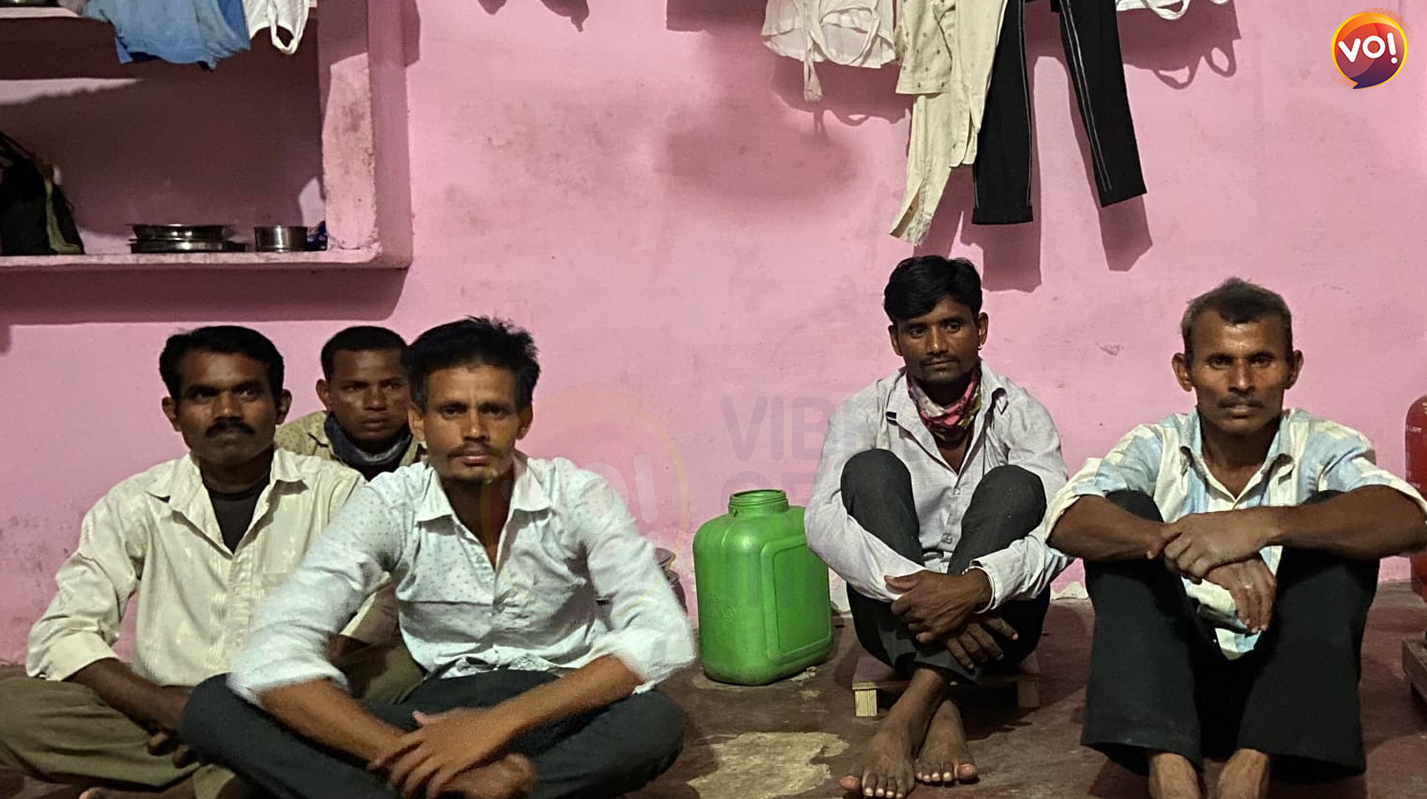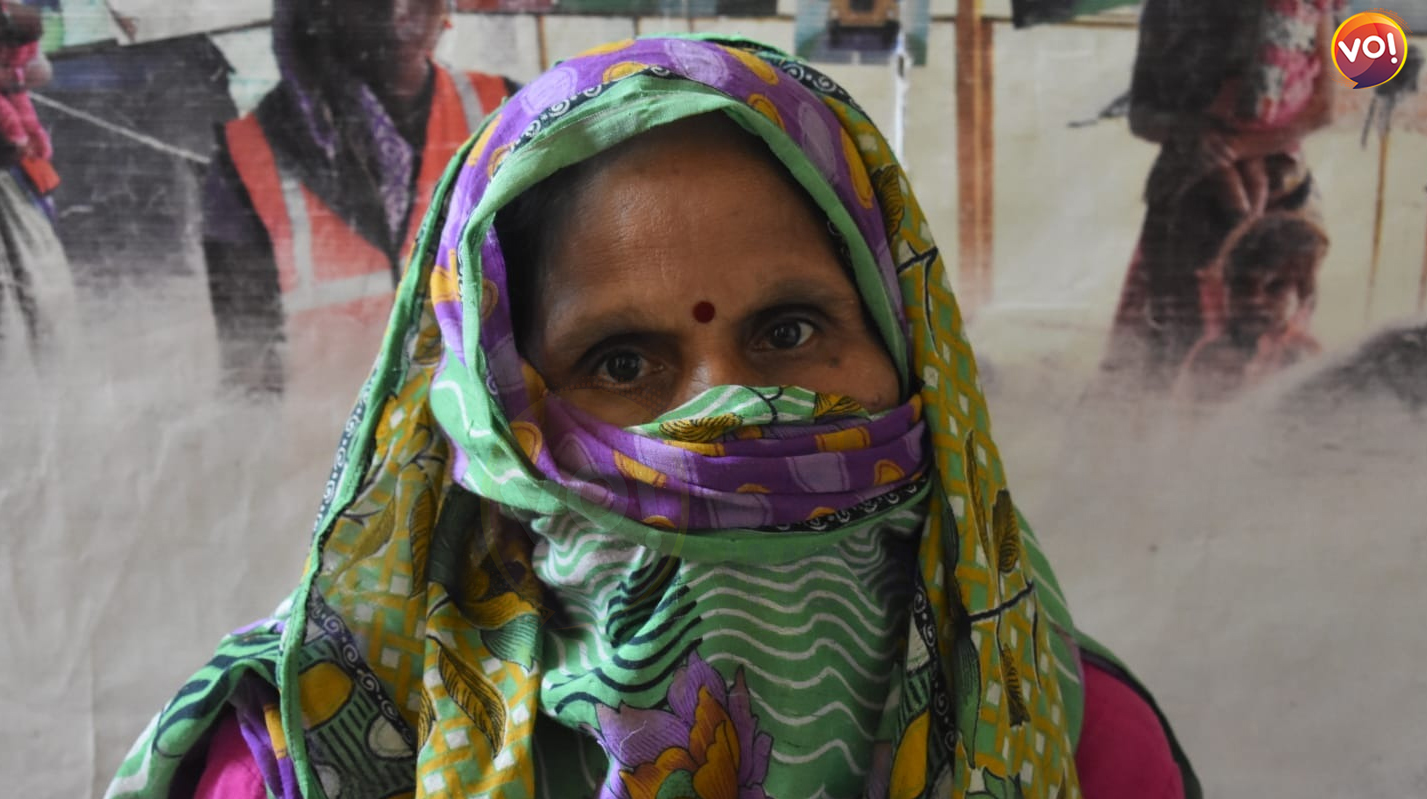Hundreds of thatched huts, rickety houses, tin-sheds jostling for space amid smelling overflowing public toilets. And a narrow squalid lane meandering through them. Welcome to Ramapir Tekra, a typical slum colony in Ahmedabad’s Vadaj locality and home to around 150 tribal migrants.
Some 70 per cent of them would be single male migrants, anywhere from 20 years to 35 years old, eking out a living at construction sites leaving their families in rural hinterlands of neighbouring Rajasthan, Madhya Pradesh and Maharashtra. Needless to say, they all live together choc-a-bloc in groups of sixes and seven in sheds barely 8X10 sq feet. The rooms have poor to almost no ventilation.
Social distancing? They can’t afford this middle-class luxury, Covid or no Covid. All they have is a community kitchen set up by the Aajeevika Bureau — a non-government organisation (NGO) working with the migrant workers.

Little exposed to healthcare that a normal urbanite normally is, the Covid-19 needle scares them. Out of these 150-odd workers at Ramapir Tekra, not one has taken the Covid-19 vaccine so far.
The eldest of them all, Motilal Meena (50), who works as a helper at a construction site for a daily wage of Rs 500, says he is hesitant to take the vaccine after a politician in his village died a few days after taking the Covid-19 vaccine. “What if something similar happens to me? Who will look after my family? I have been working for 25 years and I am the sole earner in my family of seven,” he says. When asked if the manager of the site he works at has offered to vaccinate him, Motilal said no.
“We all went back to our villages in Rajasthan when the second lockdown was announced. We came back around two weeks back,” Dhulji Meena (47), a daily wage worker, chips in.
And Aajeevika Bureau’s programme manager Mahesh Gajera as well as Vipul Pandya, convenor of Bandhkam Mazdoor Sangathan (construction workers organisation), can almost vouch that the 150-odd migrant construction workers at Ramapir Tekra are not the only ones of their kind.

increased, the work is far and few between.
While the State Government doesn’t have clear data, Pandya says Gujarat has an estimated 70 lakh migrant workers and many haven’t got themselves vaccinated. When asked, he says there has been no special effort to inoculate the construction workers. “As things stand, the onus is on the workers to get themselves inoculated,” he says.
The apprehensions of migrant workers across Gujarat are common — those at the Ramapir Tekra are a strong sample. Referring to the Adivasi workers, Gajera and members of his NGO have received identical responses. He says the deep distrust and the years of the isolation of the tribals have made their job to prepare them for the vaccine even tougher than they thought.
“Some of the people we met said that coronavirus does not affect those who work hard and sweat. It catches those who sit in air-conditioned rooms. They have obviously heard it from their contractors or thekedars who prioritise capital over labour,” Mahesh Gajera says. Estimates by Aajeevika Bureau suggest there are at least 10.3 lakh migrant workers in Ahmedabad, accounting for 23% of its population.
“The construction workforce is drawn from ST workers coming from the adjoining tribal-dominated districts of Gujarat, Rajasthan and Madhya Pradesh,” Gajera said.
“Out of these, around one lakh work in the construction sector, with tribal migrants forming 40-50% of the workforce,” Pandya adds.
When checked, a contractor at the Pradhan Mantri Awas Yojana construction site in Gota said while all his staffers had been vaccinated, there was no such arrangement for the daily wagers who work and stay at the site. The urban housing plot also has an Anganwadi centre for the kids of the workers, who spend around 8 hours in sweltering heat without any safety equipment, including masks.
A worker on the site, Leela Bhuriya (22), said while she understands the importance of wearing masks, the heat and the heavy work makes it impossible to wear them.
India has vaccinated roughly 24% of its population, with at least 6.8% fully vaccinated and 18% partly vaccinated, according to Our World in Data. Gujarat has administered over 3.2 crore vaccine doses, including 2.46 crore first-timers and 76 lakh fully vaccinated until August 3, 2021.
And out of those vaccinated, however, male Covid-19 vaccinations exceed women immunisation by around 9%, data collated from CoWIN portal revealed.

The reason for the gap is summed up by Badali Bhuriya (30), mother of five children and a daily wage worker herself. “Who will look after the kids if we fall sick? Who will cook and do other household chores? Also, we have a debt to repay and not working for a couple of days means no salary. I wouldn’t want my husband to take the vaccine as well,” she said.
Like Badali, no daily wage worker at the site has taken the jab so far. Their contractor confirms this.
(Photographs: Ashvita Singh)













Wat an insight ! There are hundred fold more Rajasthani dungarpuri cousins living in similar proportions which would prove that this is just a iceberg tip !!! Great revealation btw